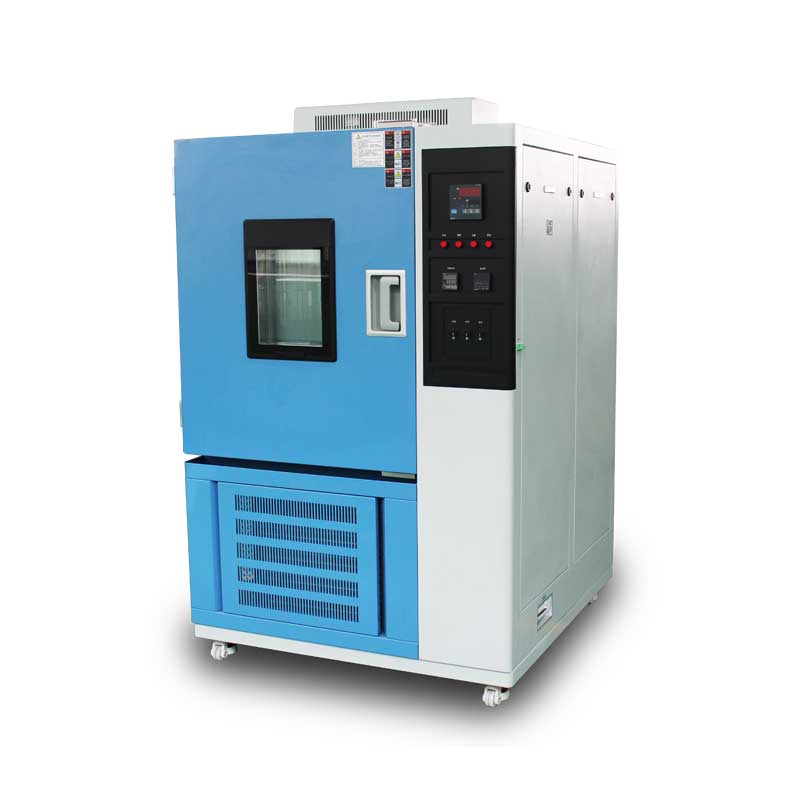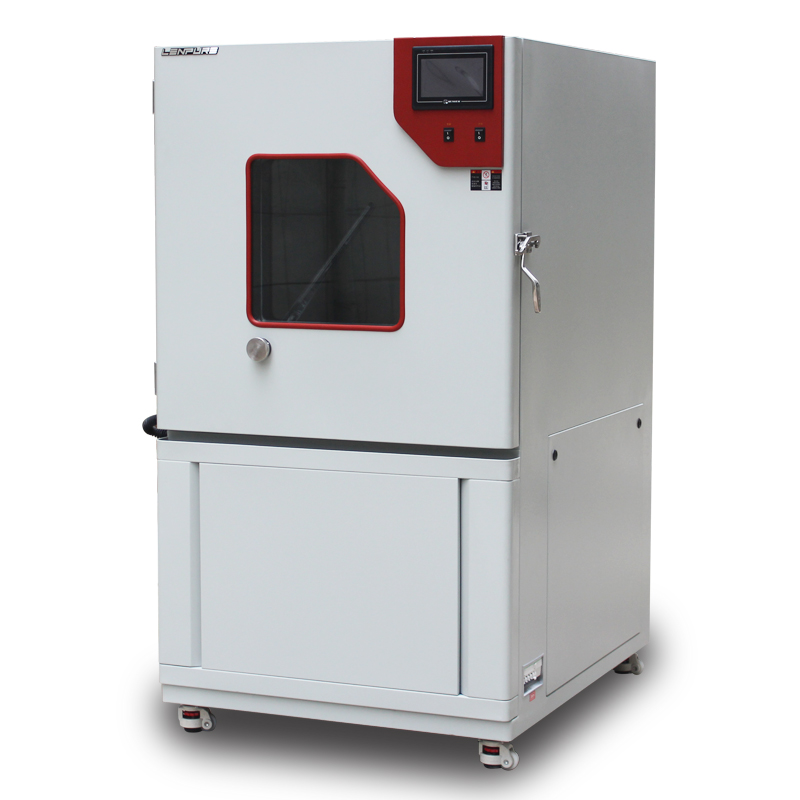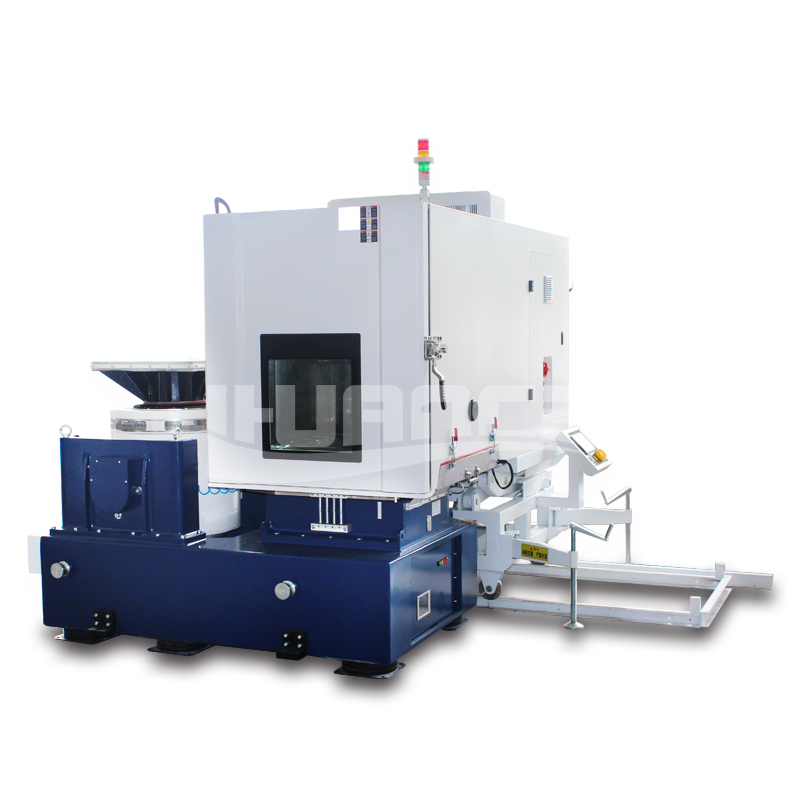How to Maintain the Optimal Performance of High and Low Temperature Test Chambers
Author:LINPIN Update Time:2025-07-29 Source:LINPINHigh and low temperature test chambers are indispensable equipment in scientific research, production, and quality control, capable of simulating various extreme climatic conditions to test the performance of products or materials. To ensure these devices operate at their best, proper maintenance and care are essential.
-
Daily Maintenance
Cleaning the Chamber: Regularly wipe the inner and outer surfaces of the test chamber with a soft, damp cloth to remove dust and dirt. Avoid using cleaning agents containing chemicals to prevent damage to the equipment.
Inspecting Power Cords and Plugs: Ensure the power cords and plugs are intact, without any damage or cracks. If any damage is found, replace them promptly to avoid electrical failures or safety hazards.
Checking Door Seals: Inspect the door seals of the test chamber for integrity. Replace them if they are aged or damaged to maintain a stable testing environment. -
Regular Maintenance
Cleaning the Condenser: The condenser is a critical component of the test chamber. Regular cleaning ensures efficient heat dissipation and improves the device's operational efficiency. It is generally recommended to clean the condenser every three months.
Inspecting Fans and Motors: Check whether the fans and motors are functioning properly. If abnormal noises or vibrations are detected, stop the equipment immediately for inspection and repair.
Temperature Calibration: Periodically calibrate the test chamber's temperature to ensure accurate operation within the set temperature range. It is recommended to perform calibration at least once a year.

-
Long-Term Maintenance
Inspecting the Refrigeration System: The refrigeration system is the core component of the high and low temperature test chamber and requires regular inspection of its operational status. If issues such as reduced cooling efficiency or refrigerant leaks are detected, contact professionals for repairs immediately.
Replacing Wearable Parts: For wearable parts such as seals and heating elements, replace them regularly based on usage to ensure the equipment operates normally.
Maintaining Maintenance Records: Establish a maintenance record for each high and low temperature test chamber, documenting details such as maintenance dates, procedures, and repair history to track the equipment's operational status and maintenance history. -
Maintenance Precautions
Before performing maintenance, turn off the device's power and ensure it has completely stopped operating to prevent accidents.
Use specialized tools and equipment during maintenance to avoid damage caused by inappropriate tools or devices.
If any faults or issues are detected, contact professionals for repairs immediately. Do not attempt to disassemble or repair the equipment on your own.
By following the above daily, regular, and long-term maintenance procedures, the performance and stability of high and low temperature test chambers can be effectively maintained, providing a reliable testing environment for scientific research, production, and quality control. Additionally, adhering to maintenance precautions is crucial for ensuring a safe and effective maintenance process. Choosing the right high and low temperature test chamber and following these maintenance steps will ensure your equipment remains in optimal condition for the long term.





